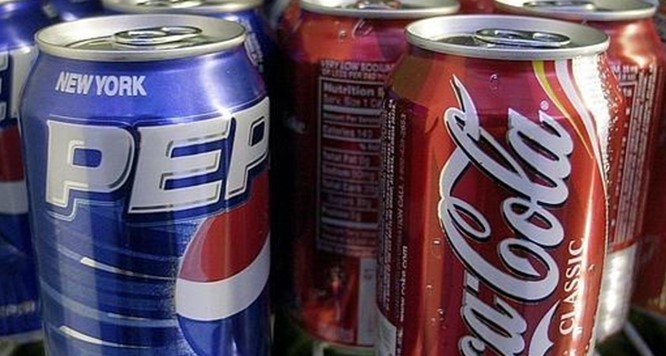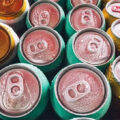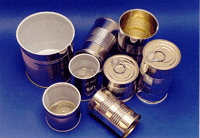WHY ARE SODA CANS CYLINDRICAL AND HAVE A CURVED BASE?
The design of beverage cans today, small containers with a diameter of 6 cm, a height of 12 centimeters and a capacity of 330 ml, is something we are so used to that we do not give importance to it. Beyond its visual appearance, the design of a product is based on practical aspects such as logistics, physics and economics.
When an engineer wants to create an object that can hold a liquid with gases under pressure, the best way he can initially think of to achieve this is to find a way to distribute the internal contents homogeneously. This first approach leads him to design circular cans, with a perfect circumference.
If one considers storing products on flat shelves, one should bear in mind that the results would be neither flexible nor practical. On the other hand, if the storage is spherical, 26% of the resulting volume would be wasted.
The alternative is an orthohedral geometric figure, i.e. an orthogonal rectangular prism. In this case the weakness is at the edges, since they would be weak points that could break when hit or pressed. In plain English, although with an orthohedral can we would have optimized the storage factor 100%, the cost would have increased enormously.
The alternative is the cylinder. By making the cans pressed in a mold with this shape, angles and corners are no longer a problem, being unnecessary to reinforce the corners to resist transportation. In addition, this shape satisfactorily solves the problem of stacking, with one cylinder we are able to use up to 91% of the volume.
To improve the strength of a cylindrical can, by placing a dome at the base and rounding the edges, the membrane state of the object could be achieved. This would result in greater stability to internal pressure, thus avoiding deformation.
Once the cans have been made, the next step is printing and varnishing. The printing process of a cylinder is simpler – it is carried out in a single step – than when it has an orthohedral shape, since it requires four steps, and is therefore more costly.
If packaging processes are evaluated, it is quite simple to take the recommendation of using a cylindrical guide rather than a square one. This is because when entering at higher speeds, there will be no bumping against the rails due to the cylindrical morphology designed to roll as smoothly as possible.
To have enough material to make a 33 cl can, 310 cm2 are needed; however, this amount rises to 340 cm2 if the container has an orthohedral shape. This means that the cylindrical variant is much more environmentally friendly.
At present, 70% of the material from which cans are made comes from recycled material, and if we add to this the fact that around 15,000 cans are made every second worldwide -almost half a trillion a year- it is easy to understand that the manufacturing process is even more efficient than we might suppose at first glance.
Over the past 60 years, the food industry – especially soft drink brands – has achieved significant aluminum savings by reducing the diameter of its cans. The amount is now six millimeters less than before, which is equivalent to ninety million kilograms per year. When you decide to open a can, whatever its contents, the thing to do is to toast to the health of engineering, the branch of science that has made this fantastic design possible.














